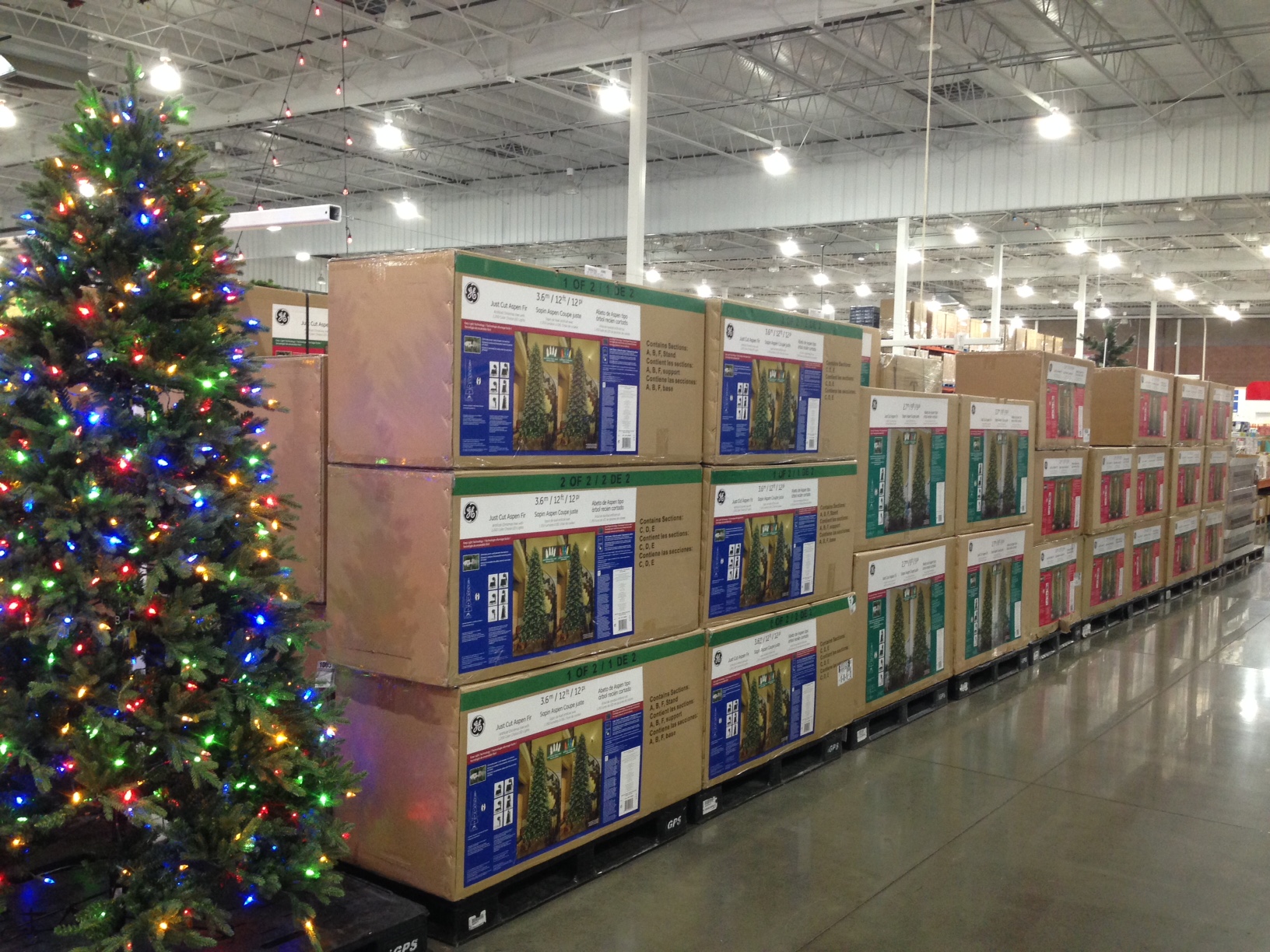Natural and artificial Christmas trees both good options, depending on use
By Annie Mitchell,
BlueDevilHUB.com Staff–
Christmas for Adam Taylor just isn’t the same without a natural tree.
In his eyes, artificial trees aren’t even in the same league as real Christmas trees.
“The fact that they look the same doesn’t mean that they have the same function,” Taylor said. “[An artificial tree] doesn’t look right, it doesn’t smell right, it doesn’t feel right.”
Taylor, a professor and forest products extension specialist at the University of Tennessee, celebrates Christmas by going outside and selecting the perfect tree, rather than pulling down a dusty Christmas tree from the attic.
Davis High sophomore Megan Mackenzie does likewise.
“We get a natural tree from the Christmas tree farm called Silveyville,” Mackenzie said. “Natural trees are better because they make your house smell like pine and Christmas.”
The majority of Christmas-celebrating Americans, however, do not share Taylor and Mackenzie’s views. In 2013, 80 percent of households that put up a tree opted for a fake one, while only 20 percent chose a real tree, according to the American Christmas Tree Association.
This could be bad for the environment.
“Many of these fake trees cannot be recycled so [they] often sit in a landfill indefinitely,” said Tristan Wilson, president of the UC Davis Environmental Club.
Meanwhile, natural trees have a second life because they can be recycled or turned into compost and mulch, according to Wilson.
The University of Tennessee conducted a Life Cycle Assessment study in 2003 that compared each type of tree. LCA studies aim to consider all of the inputs and outputs that the subject involves. This particular Christmas tree study reasoned that since wood products generally have lower environmental impact than alternatives made from plastics, metal and concrete, natural trees are the more environmentally friendly alternative.
Wilson agrees.
“While they are growing, like any other crop, they absorb carbon dioxide and emit fresh oxygen,” Wilson said. “They also positively impact and protect the surrounding soil and water sources.”
After finishing finals and heading home for the holidays, Wilson and his family sometimes purchase a small, real Christmas tree from a local source.
Some people attain their authentic Christmas trees in other ways. Susan Kocher, a natural resource advisor for the UC Cooperative Extension in the Central Sierra, has never cut a Christmas tree from a farm. Instead, the national forest that has surrounded her home in Lake Tahoe for the past 23 years provides Christmas tree cutting permits and an ample selection of pine trees to choose from.
“Cutting a real tree is the best option,” Kocher said. “Whether you can cut it from the forest or from a farm depends on where you live and what your local options are.”
Kocher believes that natural Christmas trees are a reasonable option because farmers replace the trees that are cut and reuse the land.
“Using a real tree that is farmed is still environmentally beneficial because it is a renewable resource,” Kocher said.
Cutting a tree down for the holidays has a minimal carbon footprint that its biggest factor is the gas that the car burns in order to drive to and from the farm, according to Kocher.
But artificial Christmas trees can also end up saving energy. The LCA study, while showing that natural trees are environmentally friendly, demonstrated that if you use a fake tree more than once, it has the potential to save energy.
“It depends on how long you use your artificial trees,” said Taylor, an extension expert for the study.
Therefore, the study could not definitively determine whether an artificial or real tree is better. Which means for which type Christmas tree of better, it really just comes down to a matter of opinion.




